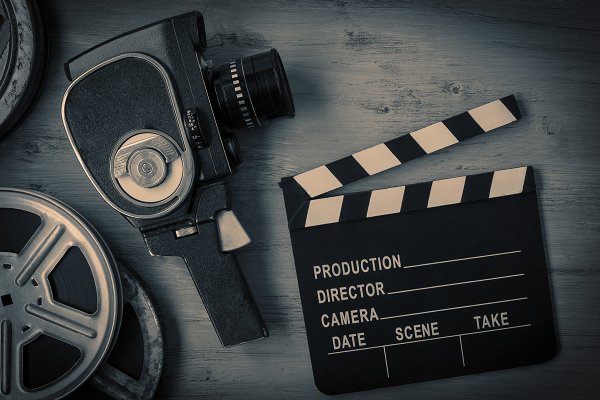When I was younger and in college, and just out of college, I ran a theatre company called the RoseTheater. I loved it and the name was based upon one of Shakespeare’s theatres, he had the RoseTheater and the Swan Theater, and those were my two favourite names. I went to UC Irvine, which at the time was up there in the top three in the nation for drama, so it was absolutely phenomenal together and I learned a lot about Stanislavski. He was a director of plays and he was also a great acting teacher. He’s probably like the grandfather of all the acting teachers that we have right now.
One of the things that I learned about when I was directing a play, was about having something called the super-objective. And I can’t remember if this was from Aristotle or if this was from Stanislavski, but basically the idea was that each play had one point that you were trying to communicate to the audience, and it was basically one sentence phrase that summed up the play. So even though I was directing classical plays, I would cut things out, which some people thought was sacrilegious, but it really made sense, and when I was working with people, I really got them to understand what each scene was communicating and what they were trying to communicate to the audience and how it all fit into the super-objective, which was what the whole play was trying to communicate.
I don’t really remember the super objectives that I had, because it’s been like 10 or 15 years, but people would come up to me and they would say, “oh my God, I don’t normally understand or like classical plays, but your play was amazing!”I’ll be honest, we had like literally zero budget for all the plays that I directed, but we still did such a great job because I really looked at what we were trying to communicate to the audience. So basically what I realized was that I had a really strong understanding of what communication is, so what I’d like to do is explain that to you. If you look at a play or movie, you’re basically trying to communicate something to somebody else. It starts from an origination point, and it’s an intention that goes over, through some distance, to an ending point. So you have the origination point and then the effect point.
If you are trying to get that communication across to another person, you’re pushing it with intention and you want to make sure that they get it. A lot of people look at communication and don’t really take it and break it down into its really basic parts. It’s not just relaying an idea or an intention across to the other person. That other person also has to understand or duplicate what the person at the origination point is trying to say. So let me give you an example of when that doesn’t happen. Basically, if you are going to communicate with someone, for example, let’s say your boyfriend. You are communicating to him and instead of saying, “I’m tired, I want to go to bed”, instead you just say, “I want to go to bed”. The boyfriend thinks, “oh yeah, now we’re going to hook up and all this other stuff”, when really what you meant was, “I’m tired, I want to go to bed”.
This means that he’s not really understanding or duplicating what you’re saying. He’s misunderstood you and the communication didn’t really get to him. Also, the other thing is, is that the person that you’re trying to communicate to has to be paying attention to you and you have to be paying attention to that person in return. If that person is not paying attention, you’re really not getting your communication across. The last thing that you have to do to finish off the communication process is to acknowledge that you heard it. And that’s basically what communication is.

That’s why I’m really good when I’m directing a play or even when I direct movies or whatever I work on, I really understand that I’m communicating to an audience and I ask myself, “OK, what is this communication? What am I trying to say to this person?” And then obviously if they’re paying for the ticket, then I already have their attention. Then my object is to make sure that they understand it and that they can duplicate it. Basically, they mustn’t think that I’m saying something that I’m not saying.
That’s why I would always get these really rave reviews on my directing and acting in college. I used to get people who would just come out of the woodwork and just be like, “that was so amazing”. I actually played an eighty-year-old woman and some people did not even realize that I was twenty-four years old. I looked like an eighty-year-old woman. I really took on that character and that was from knowing how to communicate and really play the part.
Our affiliate links and courses on photography
Go to www.picsartsolutions.com
For photography tips and tricks
For 12 ways to make money with photography
For courses other courses in photography
For a great way to make money with photography

